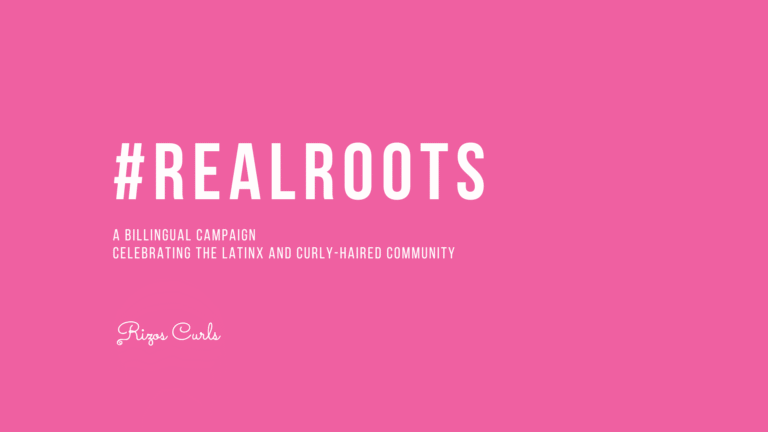Design is an ongoing journey, filled with various goals, revisions, and collaborators. Critique — the practice of analyzing and giving feedback to improve a piece of work — is an essential part of it. While necessary in design, ‘critique’ often carries a negative connotation and can make us overthink or shy away from it. We brace ourselves for what feels like judgment, forgetting it’s a purposeful act.
Although it can be uncomfortable, critique has a positive and lasting impact on designers. It helps us grow, refine our skills, and communicate the intended message to our audiences.
Why Critique is Essential
There are several ways to run a critique, from casual one-on-one sessions to formal group presentations, and each offers a unique benefit. What they all have in common is their importance to the design process. Feedback not only helps identify mistakes but also pushes a project to its full potential. Critique encourages collaboration, improves clarity, and helps us think beyond our first ideas.
In an article for Nielsen Norman Group, Vice President Sarah Gibbons writes that critique “supports team building in multiple ways” and “enables cooperation and collaboration.” Critique sessions make space for shared knowledge and diverse perspectives.
“Feedback is the breakfast of champions.”
— Ken Blanchard.
Processing and Responding to Criticism
Handling critique can be hard, especially when it’s unexpected or feels personal. Although you may get used to criticism over time, developing strategies to process and respond is also important. Here are some approaches that have helped me over the years, shared by UX designer Alexandre Brito.
Separate Yourself from Your Work
It’s crucial to remember that critique is about the work, not about you as a person. Taking feedback too personally can hinder your ability to grow as a designer. While it may be difficult, separate yourself from your designs and view criticisms objectively.
Listen Actively
Instead of immediately defending your work, allow the critiquers to talk freely, and take notes on what they are saying. Process the comments and try to see the design from their eyes. A productive design critique is one where you listen without reacting emotionally, ensuring you understand the feedback before you make any changes.
Ask Clarifying Questions
If you’re confused about the feedback, don’t be afraid to ask for clarification. I’ve become comfortable asking follow-up questions, and it has helped me uncover blind spots I hadn’t noticed before. Sometimes, the smallest comment can spark a huge, creative breakthrough.
Stay Open-Minded
Even if you don’t fully agree with the feedback, stay open to new ideas. Critiques are meant to challenge your design choices or guide you in new directions. Be willing to experiment, as this can lead to unexpected solutions. Still, you can trust your instincts and stick to your original concept. Critique is a tool, not a strict rule.
“Posing thoughts as questions allows the designer to express their reasoning instead of being defensive. If they hadn’t considered a particular angle, they can make a note and address it in the next iteration.”
— Judy Reeves.
Conclusion
Critique is more than just finding what’s “wrong” — it’s about discovering what’s possible. It allows designers to reevaluate ideas, test new directions, and strengthen their confidence in their work. Whether peer reviews in class or a feedback loop in a client presentation, critique improves skills and opens the door for better design.
Bruno Bergher, product manager and design lead, describes critique as an iterative session that “allows the opportunity to enrich solutions”. These shared insights and moments of constructive feedback aren’t a threat to creativity — they’re a vital part of it.








